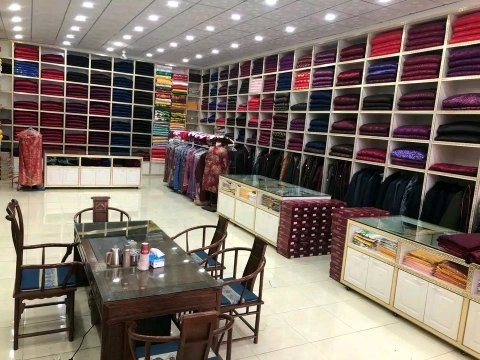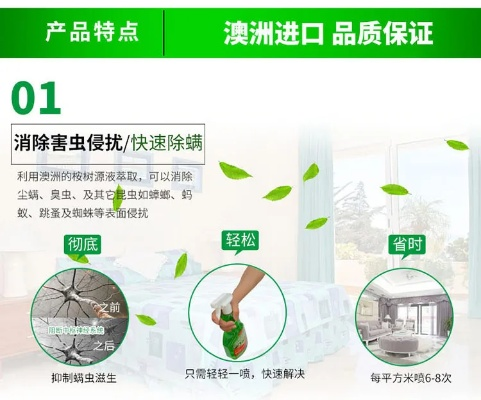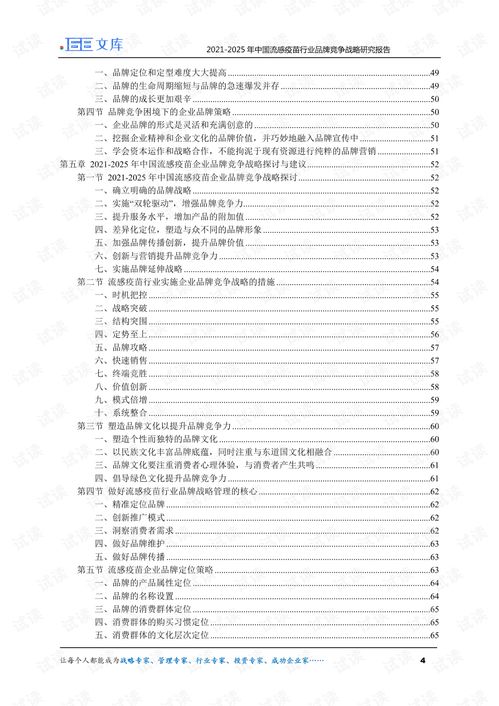The Ultimate Guide to Textile Adhesives:A Comprehensive Overview
This comprehensive guide to textile adhesives offers a thorough overview of the various types, applications, and benefits of these critical materials. From traditional solvent-based adhesives to modern waterborne and eco-friendly alternatives, this guide covers everything from basic principles of adhesive selection to advanced techniques for enhancing adhesion in challenging industrial settings. By providing detailed information on each type of adhesive, its properties, and recommended uses, this guide aims to empower textile professionals with the knowledge they need to make informed decisions when selecting or modifying their adhesive solutions. Whether you're looking to improve product performance, reduce waste, or comply with environmental regulations, this ultimate guide provides the essential tools and insights needed to succeed in the world of textile adhesives.

In the world of textiles, adhesion is the glue that holds fabrics together. Whether you're a seasoned textile designer or a beginner looking to enhance your skills, understanding the intricacies of textile adhesives is crucial. This guide will walk you through the various types of adhesives available for textiles, their applications, and how to choose the right one for your specific needs.
Types of Textile Adhesives:
-
Glue-based Adhesives: These are the most common and versatile adhesives used in textiles. They come in different formulations, including water-based, solvent-based, and hot melt adhesives. Water-based adhesives are environmentally friendly but may not provide as strong a bond as solvent-based or hot melt adhesives. Solvent-based adhesives offer excellent adhesion strength but require proper disposal to avoid environmental hazards. Hot melt adhesives produce a strong bond but can be difficult to remove once they set.
-
Polyurethane Adhesives: These are designed specifically for use on textiles and offer excellent durability and resistance to moisture. They are commonly used in outdoor wear and sportswear.
-
Vinyl Acrylic Adhesives: These are a modern alternative to traditional glue-based adhesives and offer improved flexibility and durability. They are ideal for use on delicate fabrics like silk and satin.
-
Latex Adhesives: These are derived from natural rubber and offer a softer, more flexible bond than conventional adhesives. They are commonly used in upholstery and home furnishings.
-
Epoxy Adhesives: These offer high-strength adhesion and are commonly used in industrial applications where durability and strength are critical.
-
Specialty Adhesives: Some adhesives are designed for specific uses, such as waterproofing or flame-resistant adhesives.
Applications of Textile Adhesives:
-
Seaming and Lining: Adhesives are used to secure seams and linings to prevent gaps and leaks.
-
Seam Tape: Used to reinforce seams and improve durability, these tapes can be applied directly to the fabric.
-
Seam Stitching: Adhesives are also used to attach seams to other materials, such as leather or plastic.
-
Decorative Embellishments: Adhesives are used to attach buttons, tassels, and other decorative elements to fabrics.
-
Protective Coatings: Adhesives are applied to fabrics to protect them from wear and tear, moisture, and UV radiation.

-
Customization: Adhesives are used to create custom designs by attaching patches, trims, and other embellishments to fabrics.
Choosing the Right Adhesive for Your Needs:
When selecting an adhesive for textiles, consider the following factors:
-
Material Type: Choose an adhesive that is compatible with the type of fabric you are working with. For example, polyester fabrics may benefit from a solvent-based adhesive, while cotton may require a water-based adhesive.
-
Application Method: Consider the ease of application and removal when choosing an adhesive. Some adhesives are easier to apply than others, while some can be removed without damaging the fabric.
-
Durability: Choose an adhesive that offers long-lasting performance. Look for adhesives that have been tested for durability and resistance to wear and tear.
-
Environmental Considerations: If you are concerned about environmental impact, consider using adhesives that are made from sustainable materials and have lowVOC emissions.
-
Cost: While quality adhesives can be expensive, there are often cost-effective options available if you shop around.
Case Study: The Benefits of Using Adhesives in Fashion Design
In the fashion industry, the use of adhesives is essential for creating seamless garments that last longer and look better over time. For example, a popular technique in fashion design is applying heat-set adhesives to the back of garments to create a stronger, more durable bond between the garment and the backing material. This not only improves the overall appearance but also ensures that the garment can withstand regular wear and tear without coming loose or falling apart.
Another example is the use of vinyl adhesives in upholstery and home furnishings. These adhesives provide a smooth, glossy finish that adds an extra layer of luxury to furniture pieces. By using adhesives like these, designers can create intricate patterns and designs that would be difficult to achieve with traditional sewing techniques.
In conclusion, textile adhesives are an essential tool for any textile designer or craftsman looking to create high-quality products that stand the test of time. By understanding the different types of adhesives available and their applications, you can choose the right one for your specific needs and create beautiful, functional textiles that will impress your customers for years to come.
纺织品专用胶水简介

纺织品专用胶水是一种专门用于粘合各种纺织材料的胶水,具有粘性强、固化迅速、环保等特点,在纺织行业中,它被广泛应用于各种面料、布匹、纱线等产品的粘合和固定。
纺织品专用胶水的主要特点
- 粘性强:纺织品专用胶水具有优异的粘接力,能够牢固地粘合各种纤维和织物,不易脱落或剥离。
- 固化迅速:纺织品专用胶水通常具有快速固化特性,可以在短时间内完成粘合过程。
- 环保:纺织品专用胶水通常采用环保材料制成,符合现代环保要求。
纺织品专用胶水的主要应用领域
- 服装行业:用于面料、布匹、纱线的粘合和固定,制作各种服装、窗帘、床单等。
- 家居用品:用于家居装饰品的粘合和固定,如窗帘、地毯、壁挂等。
- 工业制品:用于制造各种纺织制品,如布袋、帆布鞋等。
纺织品专用胶水的案例说明
某品牌纺织品专用胶水
某品牌纺织品专用胶水是一款高性能的粘合剂,广泛应用于各种纺织品的粘合和固定,该胶水具有优异的粘接力,能够牢固地粘合各种纤维和织物,不易脱落或剥离,该胶水还具有快速固化特性,可以在短时间内完成粘合过程,在某服装生产线上,该品牌纺织品专用胶水被广泛应用于制作各种服装面料,提高了生产效率和产品质量。
纺织品专用胶水的环保应用
近年来,纺织品专用胶水在环保方面也得到了广泛应用,一些品牌开始使用环保材料制成纺织品专用胶水,符合现代环保要求,这些胶水不仅具有粘接力强、固化迅速等特点,而且在使用过程中不会产生有害物质,对环境友好,某品牌推出的纺织品专用胶水采用了生物降解材料制成,符合环保要求,受到了消费者的青睐。
纺织品专用胶水的使用方法与注意事项
使用纺织品专用胶水时,需要注意以下几点:
- 选择合适的胶水类型和规格,根据不同材料和需求选择合适的胶水。
- 按照产品说明书的操作方法进行使用,确保使用安全。
- 在使用过程中要注意通风良好,避免有害物质对人体的影响。
- 固化过程中要注意温度和湿度的控制,避免固化不完全或过快导致产品质量问题。
纺织品专用胶水的市场前景与建议
纺织品专用胶水在纺织行业中具有广泛的应用前景,未来市场前景看好,随着人们对环保和高质量产品的需求不断提高,纺织品专用胶水将得到更多的应用和发展,随着技术的不断进步,纺织品专用胶水的性能和质量也将不断提高,为纺织行业的发展提供更多的动力和支持。
纺织品专用胶水是一种重要的纺织材料专用粘合剂,具有粘性强、固化迅速、环保等特点,在纺织行业中得到了广泛应用,未来市场前景看好,在使用纺织品专用胶水时,需要注意选择合适的胶水类型和规格、操作方法、注意事项等方面的问题,也需要不断关注新技术和新材料的出现和发展,为纺织行业的发展提供更多的动力和支持。
Articles related to the knowledge points of this article:
The Essential Guide to Selecting and Maintaining High-Quality Home Textiles
The Multifaceted Landscape of Textile Finishing



